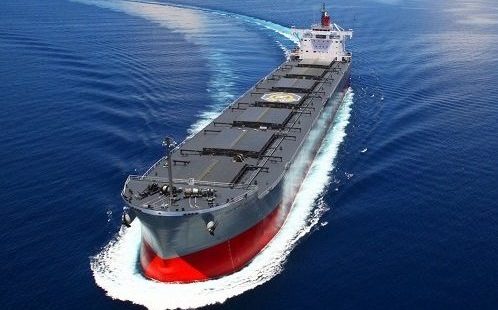Advanced data management is key to optimising fuel consumption

Simon Whitford, COO of GreenSteam, highlights the advantages of buying into machine learning software.
Extracting accurate insights from data is fundamental to enhancing decision-making in the shipping industry. Doing so effectively enables operators and charterers to optimize fuel consumption by adjusting operational factors such as speed and trim to reflect different voyage conditions in real time. However, as beneficial and accurate as complete data sets and advanced modelling can be, the reverse also holds true, patchy data sets or inaccurate models can result in sub-optimal decisions.
With many shipowners, operators and charterers continuing to lack access to the right quality of data or where they do, lack the ability or capacity to interpret what they gather, the problem remains. At a time when regulations and public pressure to decarbonise continues to mount and profit margins narrow, the maritime sector urgently needs to harness the data they have to reduce fuel consumption and emissions by using a machine learning approach.
But some operators still face data challenges and are uncertain how machine learning software can help. How do they overcome these barriers?
Complexity of data
First, they must recognise the complexity of the task at hand. While on passage, vessels’ fuel consumption is affected by around 13 factors – all of which must be taken into consideration.
Calculating how each of these factors interact and contribute to overall fuel consumption is an extremely complex task. While there are some contributory factors which cannot be controlled, such as wind, other factors like speed, trim and hull cleaning can be. If together, these factors account for around 15% of a vessel’s fuel consumption.
Volume of data
To optimise these factors during a voyage, we need to collect information and build a machine learning model of the vessel. Fresh data will continually improve the accuracy of the model allowing accurate predictions of performance in differing sea conditions. Traditional and legacy data analytics are unable to handle large volumes of data, and up to 90% is discarded. Anyone using legacy analysis tools run the risk of making sub-optimal decisions based on a very small and unrepresentative sample of data.
Machine learning software
Fortunately, machine learning is capable of fully digesting large volumes of complex data to provide an accurate and comprehensive vessel model. Unlike legacy data analytics, advanced vessel performance optimisation platforms gather vessel performance data in real-time and use 100% of the data collected (after faulty sensor signals have been cleaned up).
Machine learning distills this information into a digital model of the vessel, accurately predicting performance across a range of operational parameters and conditions.
In this way, machine learning can provide shipowners, operators and charterers with a number of solutions to reduce fuel wastage – enabling them to adjust trim and speed during voyages and create condition-based hull cleaning schedules by accurately predicting hull fouling. As a low capex investment, shipowners who invest in machine learning will typically see a full return on investment within six months.
